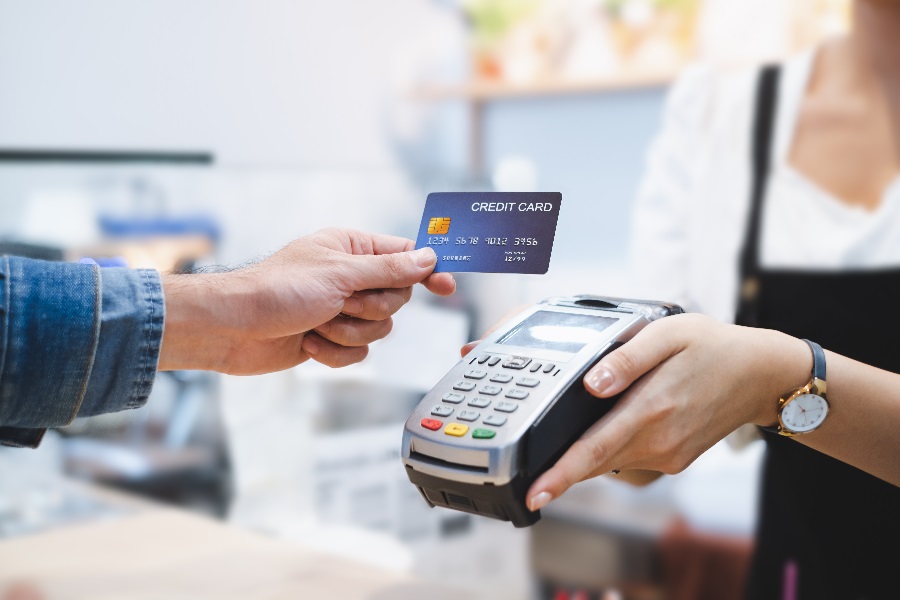The trend for card payments grows ever stronger
80% of UK adults are prepared for the cashless society, but is our love of card payments and the ongoing quest for convenience risking the longevity of the humble banknote?
Consumers have a variety of ways to pay for goods and services – from the phones in our hands to the faithful £5 note. However, the popularity of cash is diminishing, and card is now our preferred way to pay. This is partly down to the rise in contactless payments: using smartphones and bankcards equipped with contactless technology, half of all ebit card transactions in the UK are now made via this method.
Take that to the bank
Banks were once the backbone of the British high street, but as online banking and card transactions boom, the costs are outweighing the need for a traditional banking experience. With many banks closing branches in smaller towns, some businesses are being driven to operating ‘card-only’. For example, Cornish company Whistlefish stopped accepting cash in 2018, citing security risks as the main reason – it’s not safe for employees to handle potentially large amounts of cash without a local bank to deposit it with.
In November 2019, RBS opened the first completely cashless bank. Located in the captital’s financial district, this branch replaces depositing and withdrawing with help on online banking and training in how to avoid scammers.
Many adults will remember being given their pocket money in coins, but now even kids are going cashless. With prepaid cards such as GoHenry, today’s younger generation can spend their pocket money online and on in-game add-ons like it’s the next big thing, which of course it is.
The UK may be stuck in the limbo between paying ‘cash or card’ (or smartwatch), but our Scandinavian counterparts have all but forgotten cash. With many retailers and attractions refusing cash altogether, only 60% of Sweden’s residents can remember using it at all in the last month. This lack of cash has actually meant that the amount of physical Swedish Krona in circulation has fallen by 27% in just 4 years.
A run for your money
It’s not all plain saliling in this market. While everyone and their dog is going contactless (seriously: the Blue Cross began using contactless charity vests for its event dogs in 2016), retailers assuming that shoppers aren’t using cash could alienate them from a still lucrative customer base.
It has been estimated that by 2027 only 1 in 10 transactions will be made in cash. However, there is evidence to suggest that the UK abandoning physical currency completely is, in reality, quite a long way off. There were 13 billion cash transactions in 2018, and it is estimated that 4% of the adult population relies primarily on physical currency, either for budgeting reasons or because of lack of access to a bank account. The Bank of England is still betting on cash, with the introduction of new and longer-lasting banknotes. Polymer £5 and £10 notes, with added strength and security features, entered circulation in 2016 and 2017 respectively, with the £20 joining in February 2020. The £50 will be completing the set and is expected to enter circulation before the end of 2021.
As the UK gradually moves towards a more cashless society, retailers need to be prepared. At the same time, however, we all need to ensure cash-spending consumers aren’t completely forgotten
like pennies down the back of a sofa.

